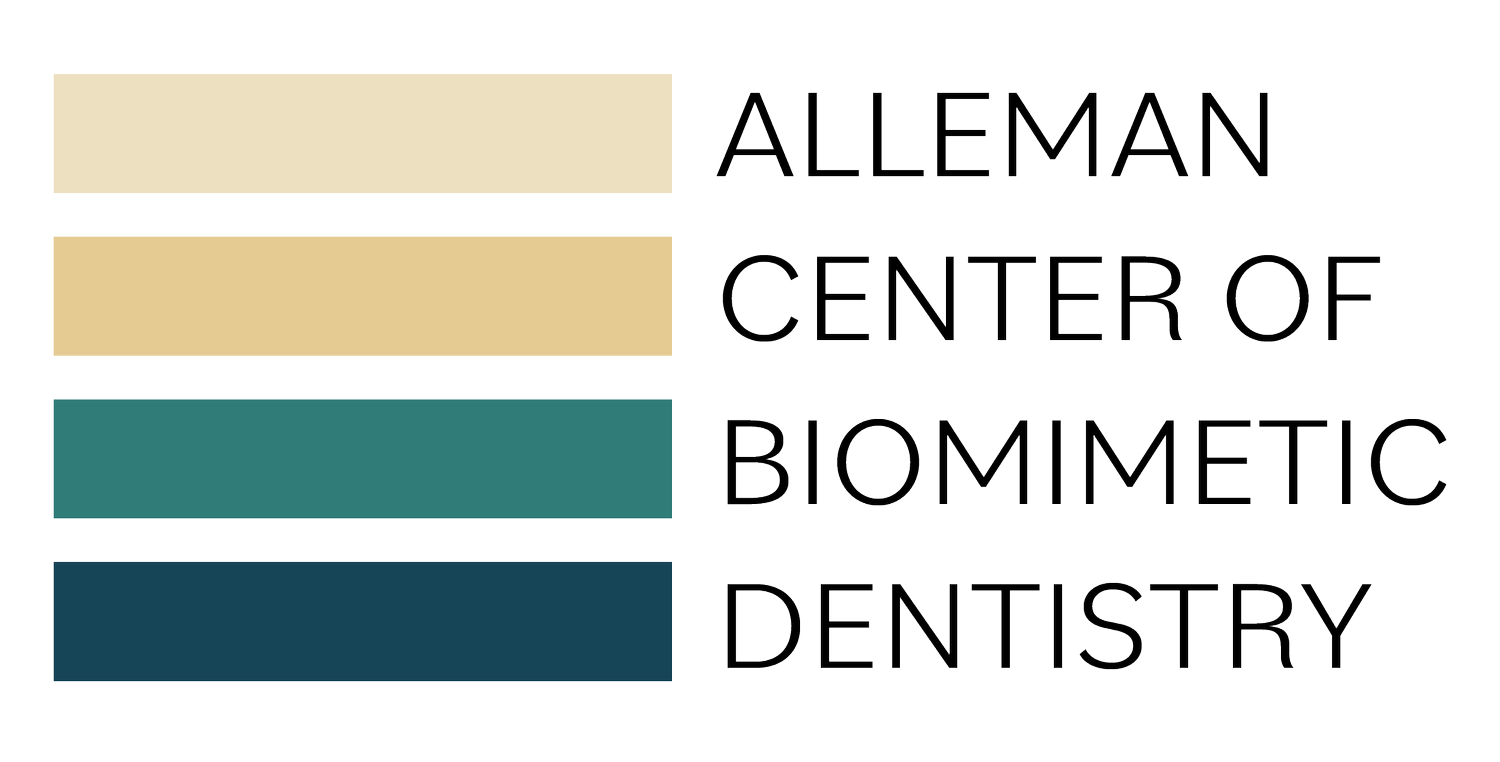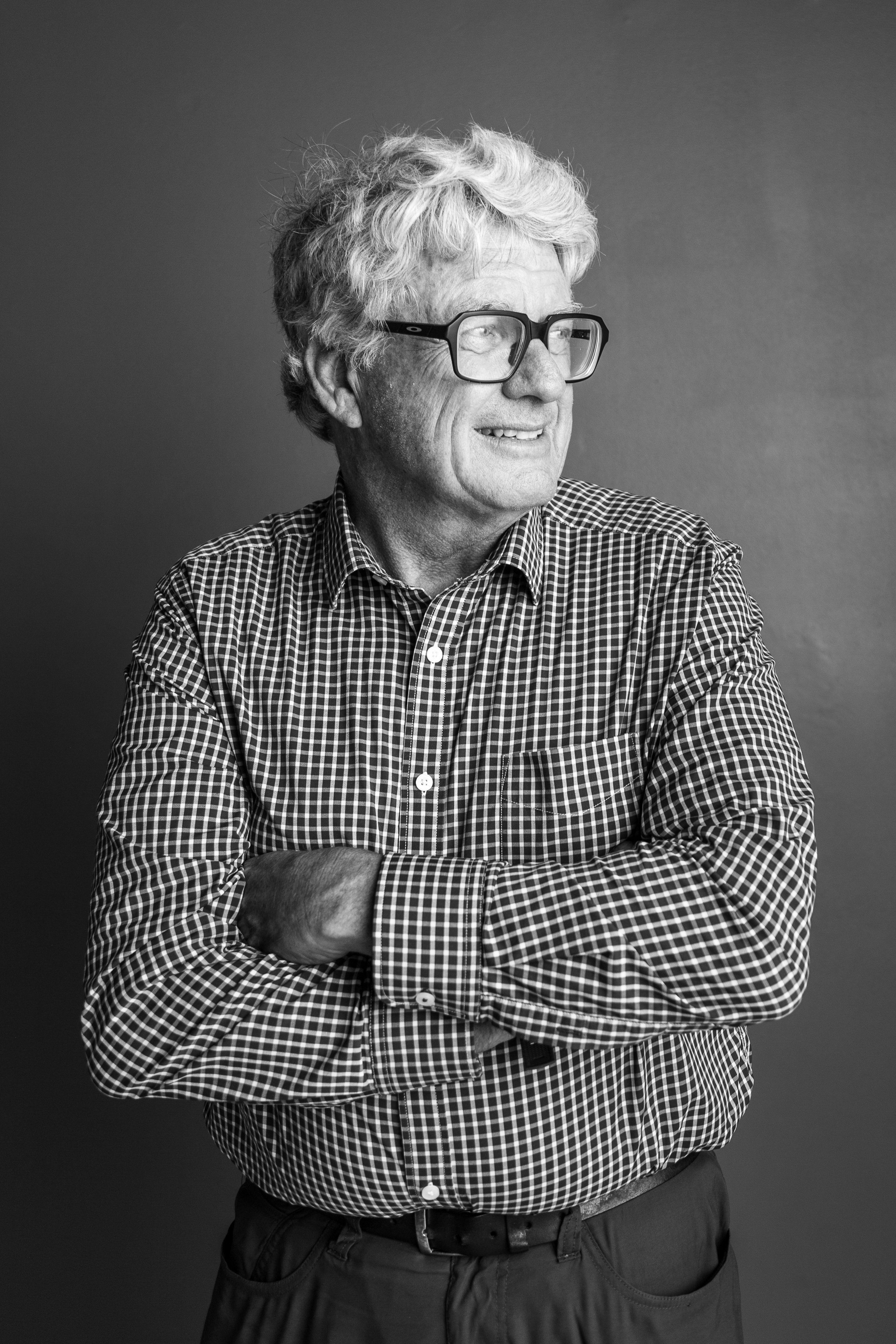What is Biomimetic Restorative Dentistry?
The history of biomimetic dentistry
Biomimetic dentistry, also known as biomimetic restorative dentistry, has seen a rise in recognition in recent years, but these techniques didn’t spring up overnight. Called adhesive dentistry when the techniques were first explored in the 1980’s by Takao Fusayama, the term biomimetic restorative dentistry was defined by Pascal Magne in his 2002 book with U. Belser, Bonded Porcelain Restorations in the Anterior Dentition, as “The biomimetic principle, that is the idea that the intact tooth... is the guide to reconstruction….”
Cases with deep cavities and cracks like this can be restored predictably while preserving pulp vitality with biomimetic restorative protocols. Case by Dr. Davey Alleman, DMD.
When Dr. David Alleman began researching these techniques and materials in 1995, it was because he wanted to quit dentistry. Frustrated with failing restorations that left patients symptomatic without explanation, he couldn’t see how traditional dentistry was truly helping his patients.
Watch the first episode of his Six Lessons Approach Podcast to learn about his research and early implementation of advanced adhesive techniques.
What is biomimetic dentistry
Biomimetic means to mimic nature, so the strength and structure of a tooth is the model for all techniques in biomimetic restorative dentistry. A wealth of research exists to aid doctors in reliable caries removal, safe crack analysis and strong restorations. As scientific developments explore better ways to help patients, biomimetic dentists are equipped with the most advanced techniques to restore a tooth closest to its natural state.
Caries Removal:
“... the determination of hardness by hand is an indefinite, subjective matter, and can never be an objective guide for caries removal. It is quite surprising that we dentists have, up to now, performed caries treatment, our most important professional duty, while relying on such an ambiguous means of detection which has no scientific basis.”
Fusayama, Simple Pain-free Adhesive Restorative System by Minimal Reduction and Total Etching, 1993.
Caries detector dye, seen in this first photo, is used to objectively remove caries around the pulp. Thanks to research by Takao Fusayama, caries detector dye makes caries treatment, and its associated symptoms, predictable even in cases of deep cavities. Case by Dr. Davey Alleman, DMD.
Crack Analysis:
“Tooth structure is designed to absorb compressive and tension loads as a total biomechanical entity and does not adapt well when this force distribution system is disrupted to any extent….”
Milicich, Rainey. Clinical Presentations of Stress Distribution in Teeth and the Significance in Operative Dentistry, 2000.
Cracks can form in teeth from daily wear or large restorations. Regardless of how it forms, cracks should be treated as early as possible to prevent them from growing larger. Case by Dr. Davey Alleman, DMD.
Strong Restorations:
“... in all instances, teeth with cavity preparations were substantially weaker than sound teeth, and the width of the occlusal cavity influenced the strength of the natural crown.”
Fissore, Nicholls, Yuodelis. Load Fatigue of Teeth Restored by a Dentin Bonding Agent and a Posterior Composite Resin, 1991.
Composite may appear bonded to a tooth, but unless stress-reducing protocols, like those of biomimetic dentistry, are used, the bond will likely fail within two years, resulting in decay or cuspal fractures like in this case. Case by Dr. Davey Alleman, DMD.
Evidence-based dentistry
So with the science available, why aren’t more doctors using biomimetic techniques that are superior to the overly invasive traditional techniques that damage a tooth’s long-term health?
"An adhesive restoration... has many advantages over conventional non-adhesive restorative techniques except that it cannot yet be realized in a simple way" Van Meerbeek, Et al. Adhesives and Cements to Promote Preservation Dentistry, 2001.
Bart Van Meerbeek summarized the problem perfectly. Biomimetic dentistry is better, not simpler. Advanced protocols and materials are needed to mimic a natural tooth.
Dr. David Alleman’s systematic approach to Biomimetic Restorative Dentistry helped doctors around the world incorporate leading scientific findings into their treatments
The research has existed for decades, but Dr. David Alleman saw a need for actionable steps that doctors could take without having to distill the science themselves. He organized these steps into his Six Lessons Approach to Biomimetic Restorative Dentistry. Since first implementing these techniques into his own practice over 20 years ago, his patients have consistently experienced symptom-free, long-lasting restorations because he now had science-backed steps that would lead to predictable patient outcomes. In clinical practice, over 10,000 biomimetic restorations have lasted 20 years and counting, and patients have experienced the highest quality of care resulting in long-lasting, symptom-free restorations. By outlining these techniques, Dr. Alleman made this superior form of dentistry accessible to doctors everywhere.
Download our free Six Lessons Approach case example by Dr. Davey Alleman, DMD.
Just as doctors first learned that teeth could be fixed rather than simply extracted thanks to Pierre Fouschard in the 1750’s and how better instruments could lead to better outcomes thanks to Greene Vardiman Black in the 20th century, doctors today are seeing how Biomimetic Dentistry is improving the lives of patients around the world. Soon it will no longer be new; it will be the standard.
What is Biomimetic Restorative Dentistry? It is the future of dentistry, and it is arriving sooner than you think. Patients: you no longer need to accept that pain and sensitivity are normal and to anticipate your filling or crown falling out in a few years. Doctors: you can go to work each day knowing that the procedures you use will achieve the same, high-quality outcomes with each case. By following the latest scientific research, we can always expect the best possible treatments, whether in Biomimetic Dentistry or whatever researchers discover next.










